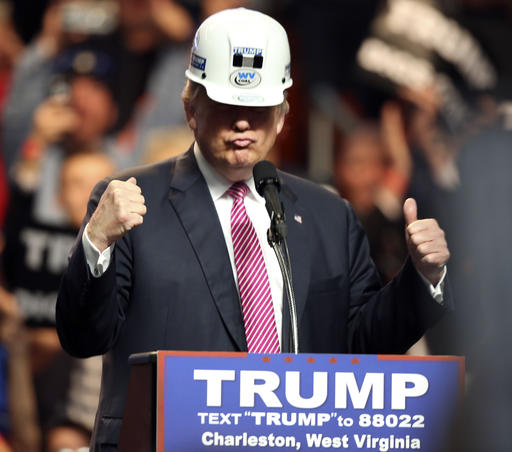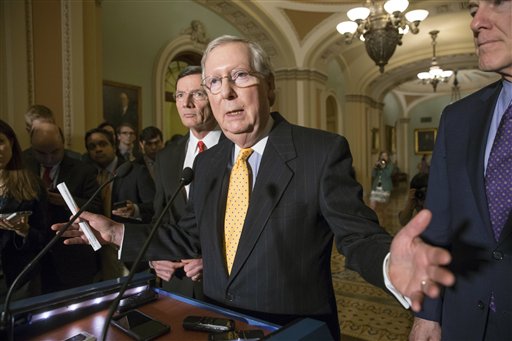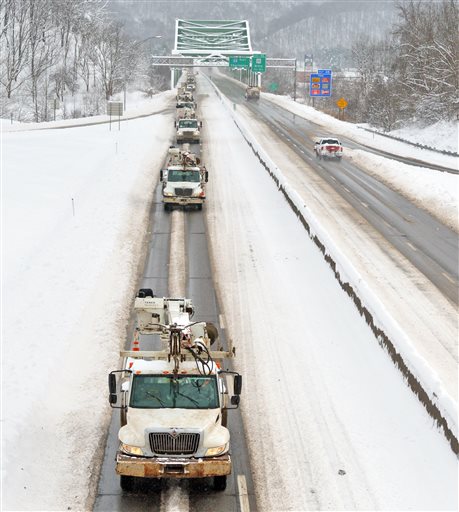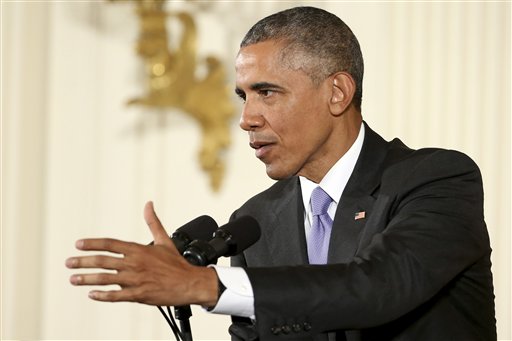Bob Murray: MSHA inspections ‘total harassment’
August 11, 2016 by Ken Ward Jr.
Yesterday, Hoppy Kercheval had Murray Energy CEO Bob Murray on the MetroNews show “Talkline,” ostensibly to talk about the growing financial challenges faced by Murray Energy and the vote coming up on Friday by United Mine Workers of America members on a second contract proposal with Murray.
Murray said, as he has before, that a new contract to replace the UMWA deal that expires at the end of the year, is essential to his company’s survival. The MetroNews summary of his comments went like this:
“The United Mine Workers turned it down last time. It is essential, the approval of it, to complete our four step program to avoid financial default in October,” Murray said.
Murray announced in July that 4,400 employees, 80 percent of his workforce, could lose their jobs. WARN notices were sent out.
But things veered away from that pretty quickly into another attack on the Obama administration and its efforts to better regulate coal mining. Here’s Murray, responding to Hoppy’s softball questions:
I’ve worked night and day for 29 years building this company and creating these jobs only to have them destroyed by Barack Obama and his excessive regulations. Those regulations are coming out against coal, against the utilization of coal as well as the mining of coal faster than we can read them.
Murray went on:
Talk about harassment. In the first two days of this month, our mines had 89 federal inspectors from the federal Mine Safety and Health Administration run by former UMWA safety man Joe Main. Eight-nine inspectors.
That means I had to take 89 management people off of inspecting the mines, off of doing safety training. It has nothing to do with safety. It is total harassment. Eighty-nine inspectors for 15 mines … All of which are cut back in production because they keep hiring these inspectors. They have nowhere to put them. It’s all harassment. It works against safety. There are so many ways that this federal government, under Obama, which Hilary Clinton has said she will continue trying to drive the coal mines out of business. It has nothing to do with safety. It has to do with eliminating underground coal mining.
Continue reading…

 Subscribe to the Coal Tattoo
Subscribe to the Coal Tattoo


















